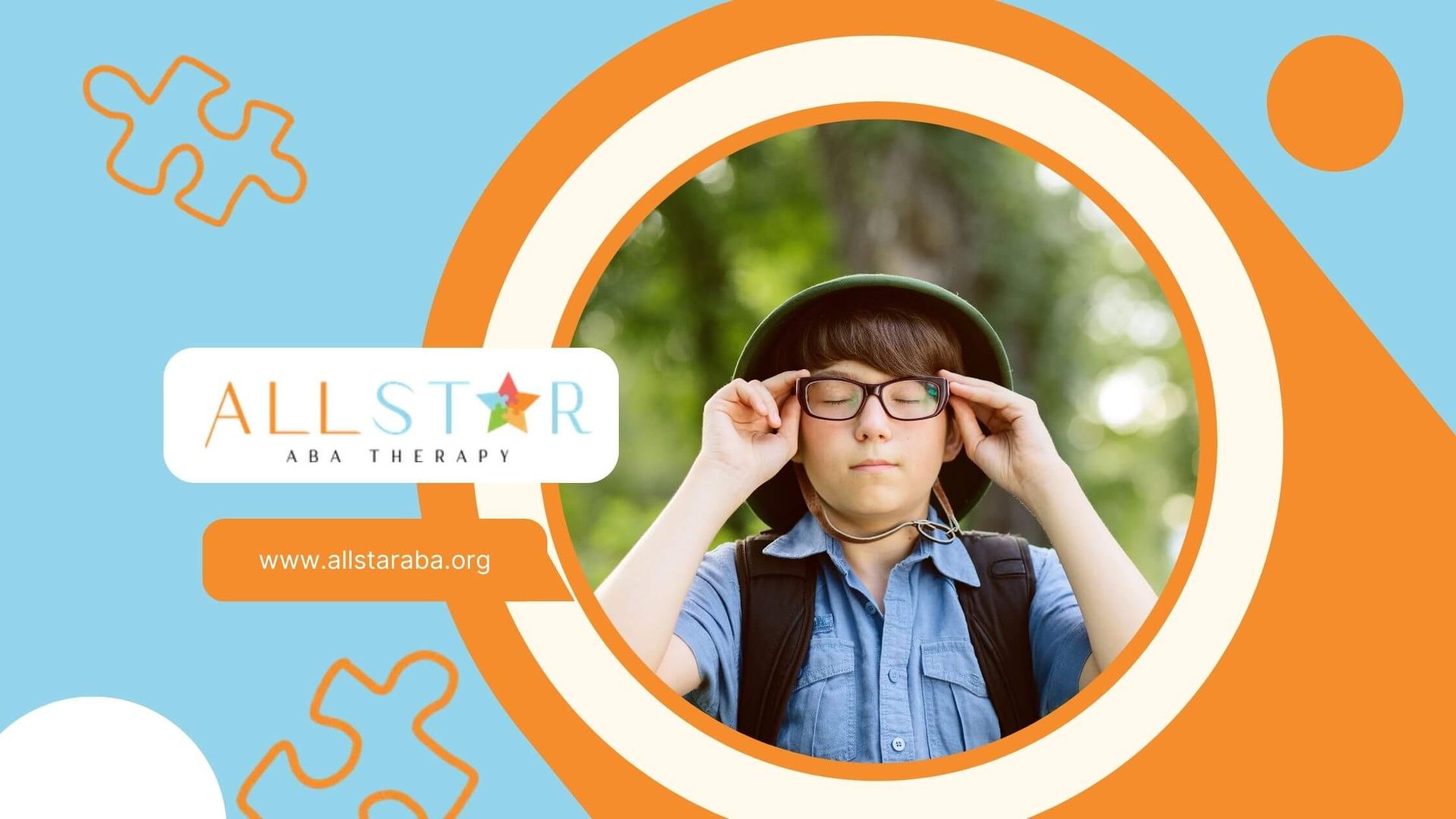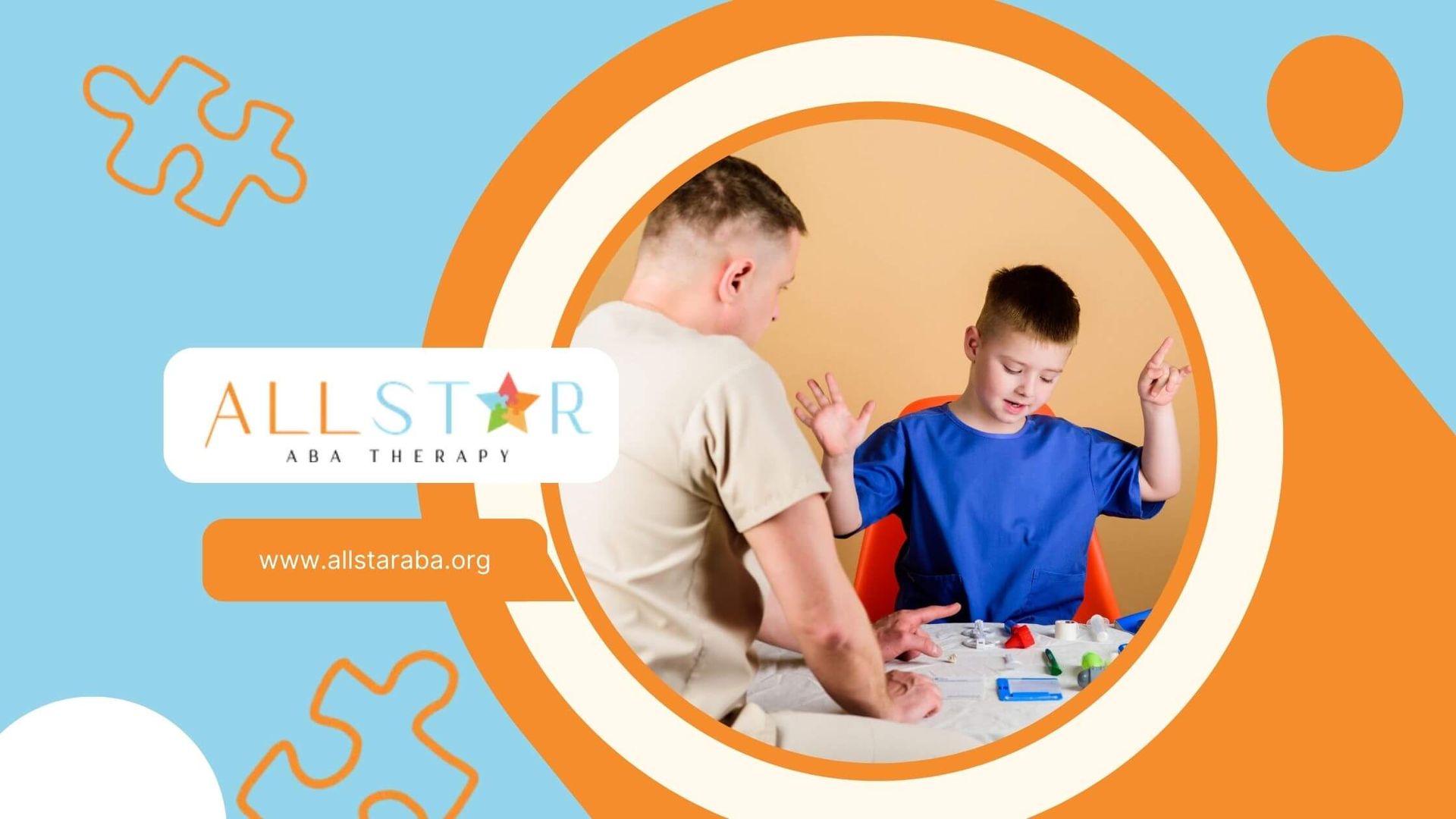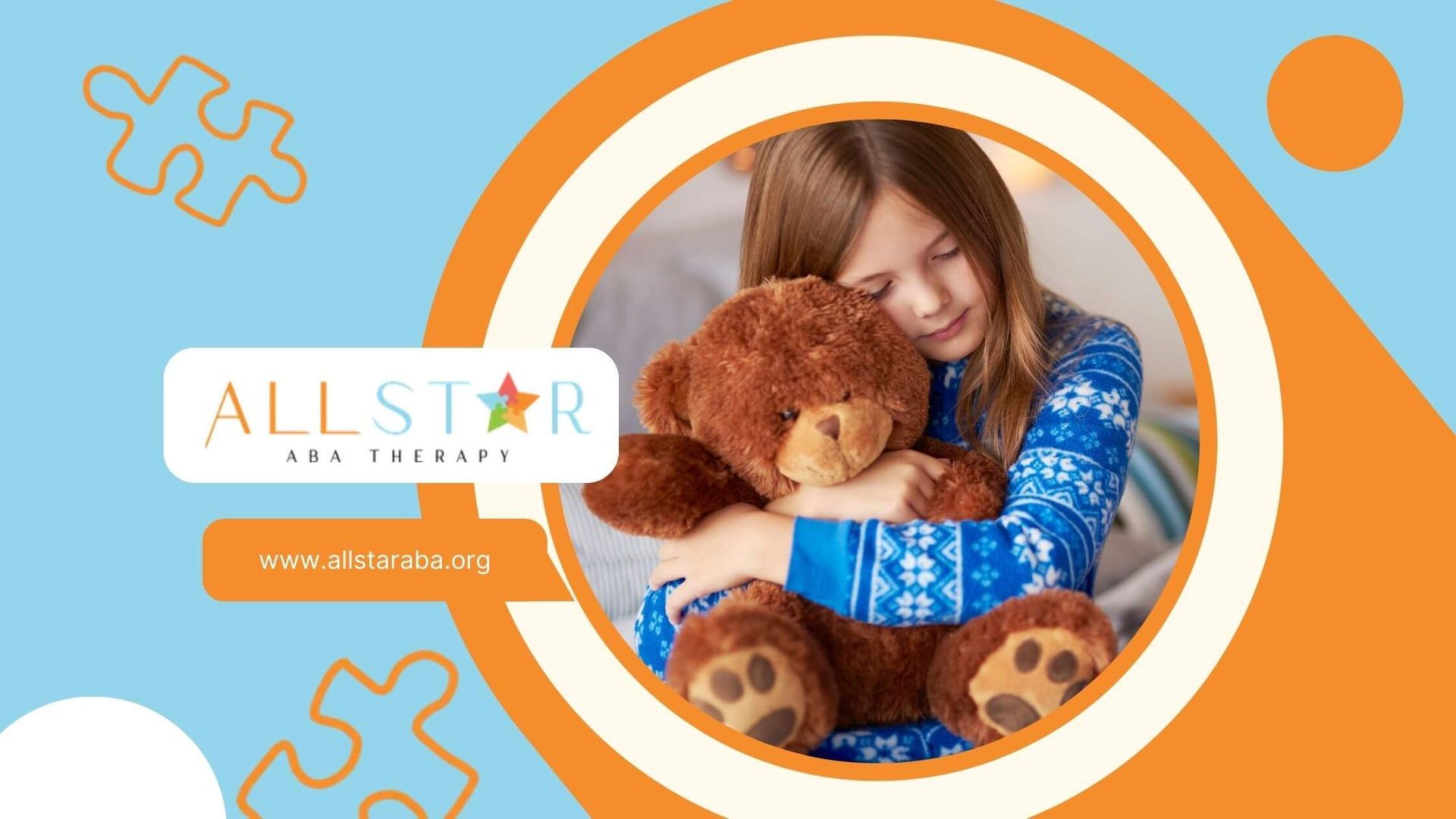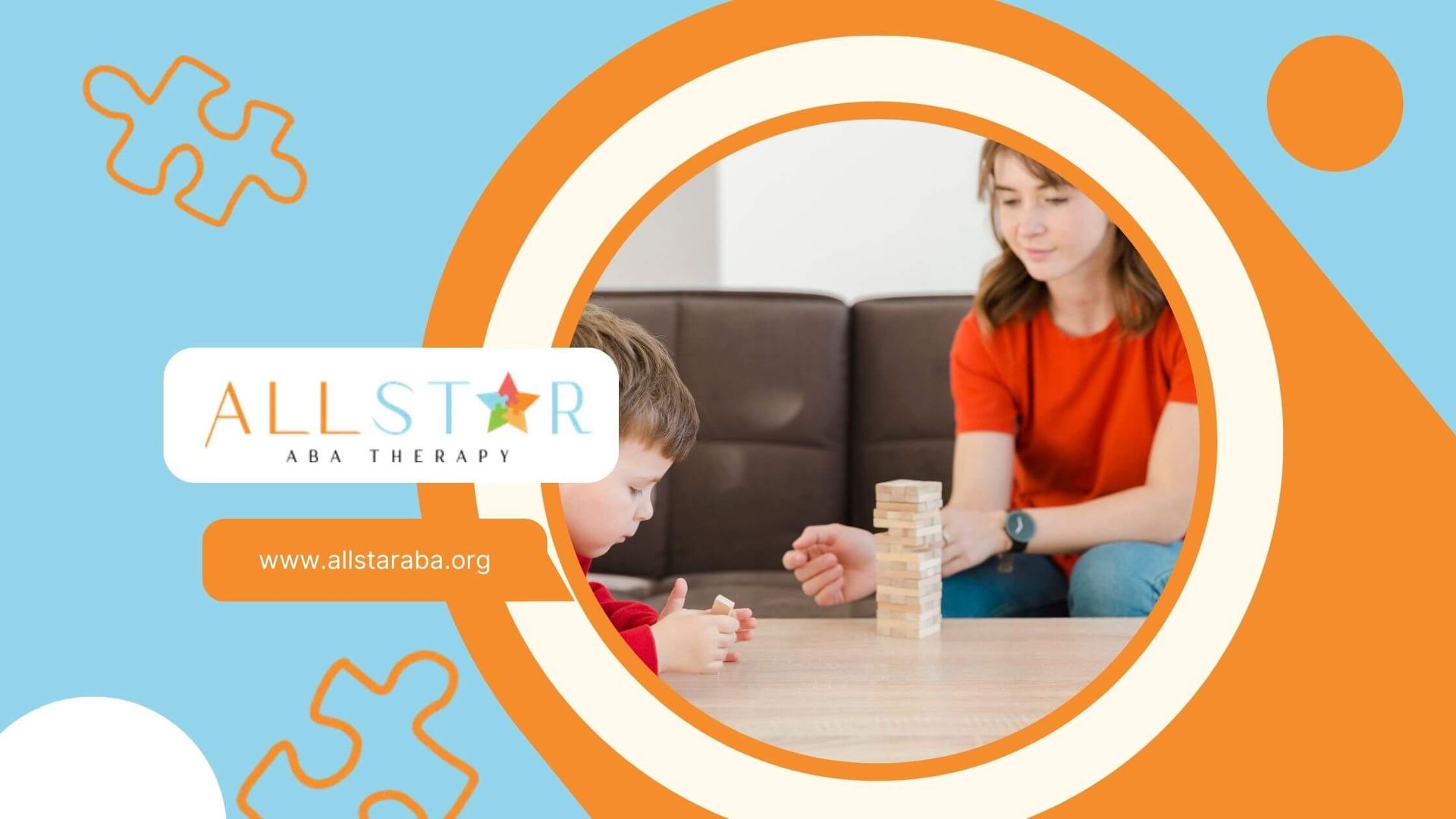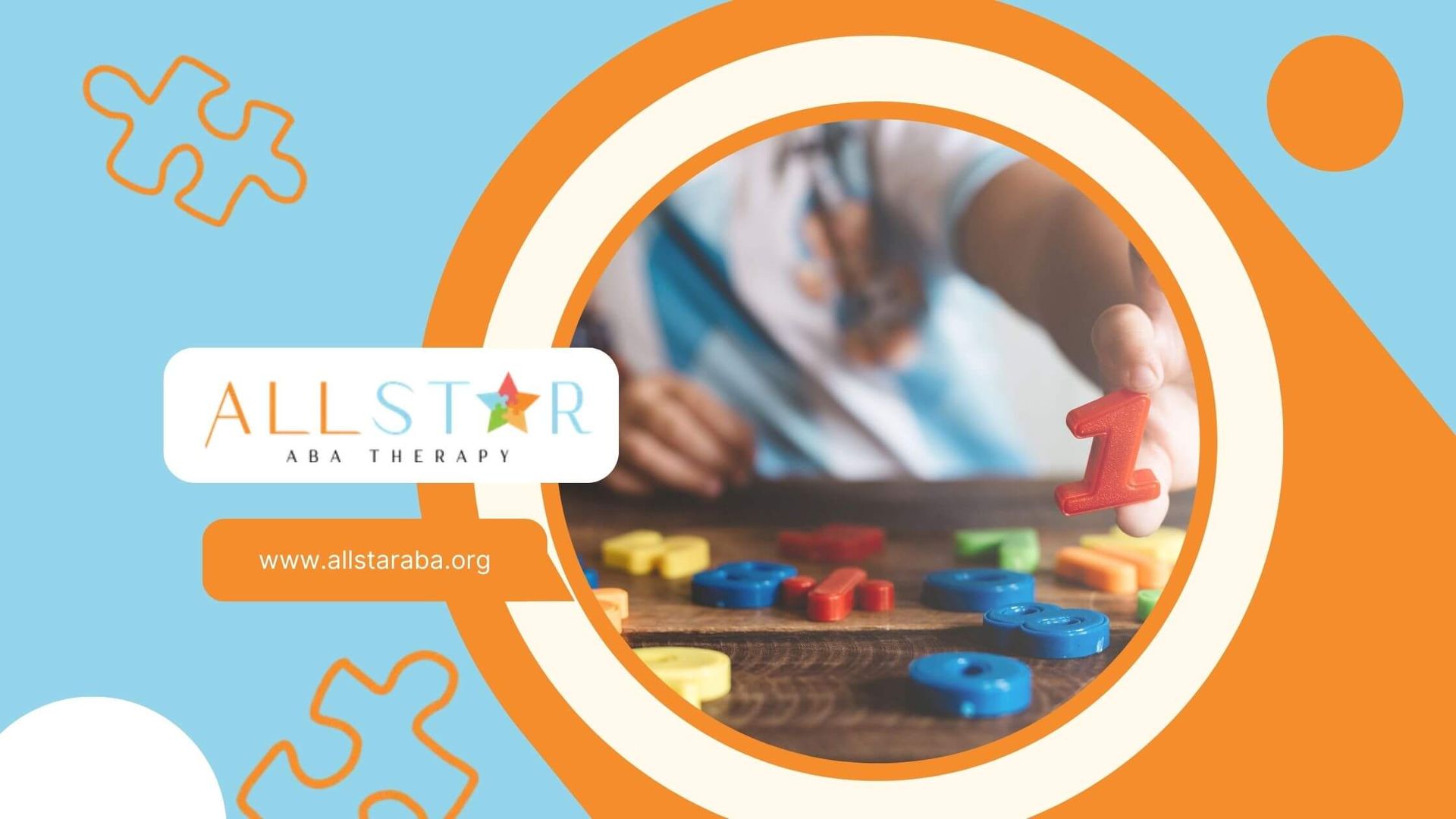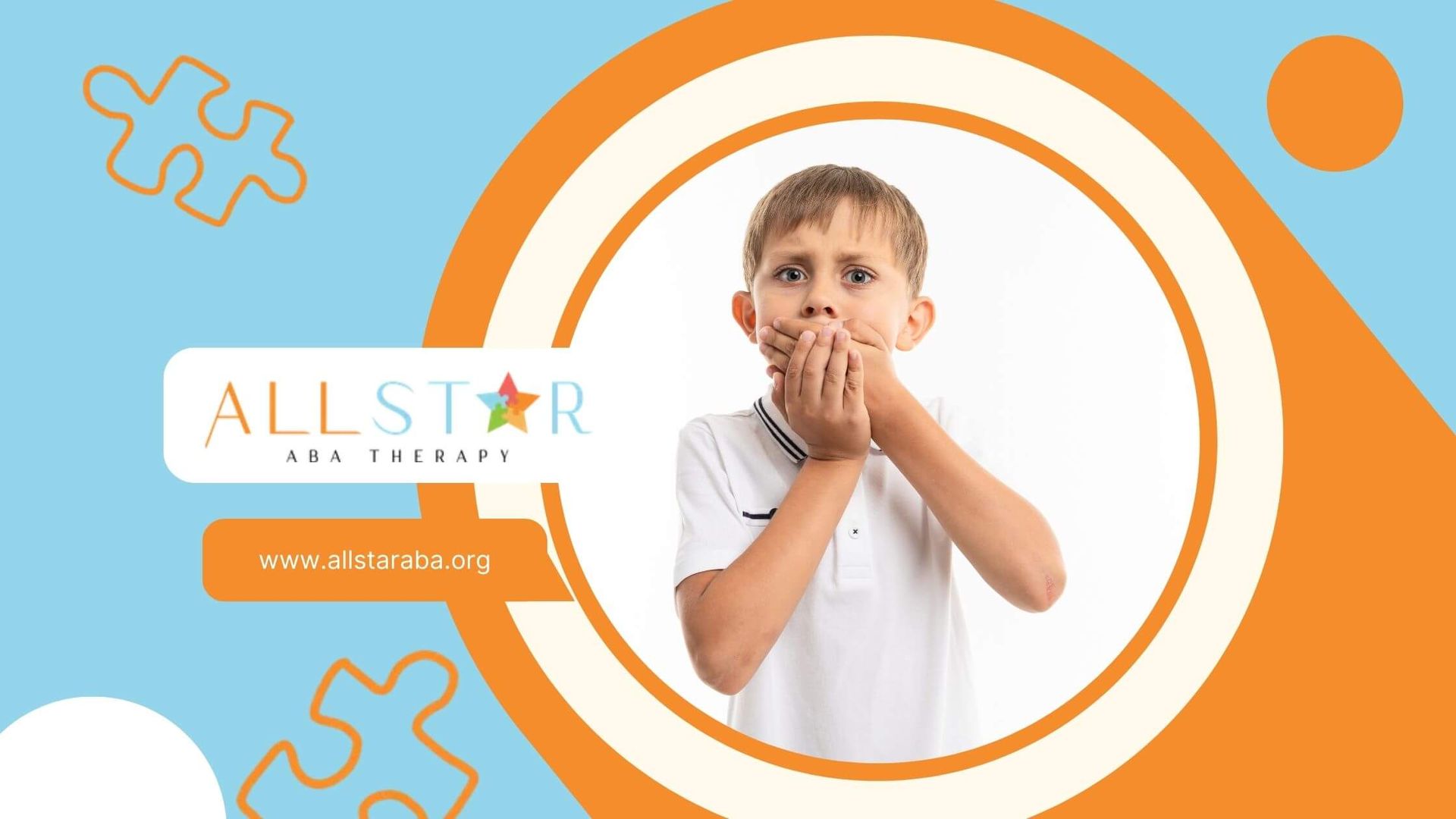New Paragraph
What Does Autism Level 1 Look Like? A Clear Guide
Autism Spectrum Disorder (ASD) is categorized into three levels based on the level of support a person needs. Autism Level 1 is often described as "high-functioning autism," but that label can be misleading. Individuals with Level 1 autism may not require as much support as those at higher levels, but they still face unique challenges that can impact daily life, communication, and relationships.
In this blog, we’ll dive into what autism level 1 really looks like, how to identify the signs, and how to support individuals with this diagnosis. Whether you’re a parent, caregiver, teacher, or just someone looking to learn more, this guide will help you understand the nuanced experiences of those living with autism level 1.
Understanding the Levels of Autism
The DSM-5 (Diagnostic and Statistical Manual of Mental Disorders, Fifth Edition) categorizes autism by levels:
- Level 1: Requires support
- Level 2: Requires substantial support
- Level 3: Requires very substantial support
These levels are not fixed and can change over time depending on the individual’s development, environment, and access to support. Autism Level 1 is the mildest form, but that doesn’t mean it's insignificant or easy to manage.
What Does Autism Level 1 Mean?
Autism Level 1 means that the individual has noticeable difficulties with social communication and interaction but is generally able to function with minimal support. They may have rigid behaviors and struggle with changes in routine or environment. However, with appropriate support, many individuals can lead independent lives.
People with autism level 1 may:
- Want to connect with others but struggle to do so.
- Miss subtle social cues.
- Have difficulty making or maintaining friendships.
- Display repetitive behaviors or routines.
- Be highly focused on specific interests.
Common Signs of Autism Level 1
While every person is different, some hallmark traits often appear in individuals diagnosed with autism level 1. Here are the most common areas where signs appear:
1. Social Communication Challenges
- Difficulty reading body language or facial expressions
- Struggling with back-and-forth conversation
- Literal interpretation of language (e.g., missing sarcasm)
- Limited use of gestures or eye contact
- May appear socially awkward or disinterested (even when they are interested)
2. Behavioral Patterns
- Preference for routines and sameness
- Difficulty adapting to change
- Intense focus on specific topics or interests
- Sensory sensitivities (e.g., to lights, sounds, textures)
- May exhibit repetitive movements (e.g., hand flapping, pacing)
3. Emotional Regulation
- May have strong emotional reactions to small changes
- Struggles with understanding their own or others’ emotions
- Tendency to become overwhelmed in stimulating environments
4. Cognitive Strengths and Challenges
- Above-average intelligence in many cases
- Strong attention to detail
- May struggle with executive functioning (planning, time management, organization)
Real-Life Examples of Autism Level 1
To better understand what autism level 1 looks like, consider the following real-life-inspired scenarios:
Example 1: James, Age 10
James is extremely interested in trains. He can name every model and knows historical facts about railway systems. However, he struggles to maintain eye contact and doesn’t pick up on his peers’ cues when they want to change the subject. He’s bright but becomes anxious when there’s a change in his school schedule.
Example 2: Olivia, Age 16
Olivia excels academically and is gifted in math. She prefers working alone and finds group projects stressful. She has a small group of friends but often feels exhausted after social events. She finds it difficult to express how she feels and avoids eye contact when she’s overwhelmed.
Example 3: Ethan, Age 25
Ethan works as a computer programmer. He lives on his own and manages daily responsibilities well but struggles with workplace social dynamics. He often misses sarcasm or humor and finds small talk exhausting. He has a strict daily routine that helps him manage stress.
Diagnosis of Autism Level 1
Diagnosis typically involves:
- Developmental history
- Parent or caregiver interviews
- Observations of behavior
- Standardized assessments (e.g., ADOS-2, ADI-R)
Often, Level 1 autism is not diagnosed until later in childhood, adolescence, or even adulthood, especially if the individual has strong verbal and cognitive skills that mask their challenges.
Why Diagnosis Matters
A diagnosis can:
- Help individuals understand themselves better
- Open access to services and accommodations
- Provide parents and caregivers with tools to support their child
- Reduce feelings of isolation or confusion
Even at Level 1, the challenges of autism can impact daily living. Early identification and support can make a significant difference.
How to Support Someone with Autism Level 1
Support doesn’t always mean intensive therapy. Often, it means adjusting environments, teaching skills, and fostering understanding. Here are several helpful strategies:
1. Social Skills Training
Social skills can be taught explicitly through ABA therapy, role-playing, or peer modeling. Practice helps build confidence and comfort in social settings.
2. Executive Function Coaching
Helping with organization, time management, and planning tasks can reduce stress and improve independence.
3. Sensory Accommodations
Offering quiet spaces, noise-canceling headphones, or clothing without irritating tags can help with sensory sensitivities.
4. Clear Communication
Be direct and specific. Avoid sarcasm, idioms, or vague instructions. Visual schedules and written instructions can be especially helpful.
5. Building on Interests
Use their special interests as a motivator for learning and social interaction. It’s a great way to engage and build confidence.
Strengths Often Seen in Autism Level 1
It’s important to remember that autism isn’t just about challenges—it also comes with strengths. Many individuals with Level 1 autism demonstrate:
- Incredible attention to detail
- Exceptional memory for facts
- Strong loyalty and honesty
- Unique problem-solving approaches
- Passion and dedication to interests
Recognizing and celebrating these strengths helps build self-esteem and encourage growth.
School and Work Accommodations
Individuals with autism level 1 may benefit from accommodations like:
- Extended test time
- Breaks during the day
- A quiet work/study environment
- Social coaching or mentoring
- Flexible work schedules
Many thrive when placed in environments that respect their needs and support their unique learning and working styles.
When to Seek Professional Help
If you or someone you care for shows signs of autism level 1, it’s important to consult with:
- Developmental pediatricians
- Psychologists or psychiatrists experienced with ASD
- Speech and language pathologists
- ABA therapy providers
Early and appropriate support can make a world of difference.
Autism Level 1 and Co-occurring Conditions
People with autism level 1 may also experience:
- ADHD
- Anxiety or depression
- Learning disabilities
- OCD
- Sensory Processing Disorder
These conditions can complicate diagnosis and treatment, but they can also be managed effectively with the right support.
Final Thoughts
Autism Level 1 may be described as requiring the "least" support on the spectrum, but it still presents real challenges that impact relationships, learning, and daily functioning. Early identification, understanding, and personalized strategies are key to helping individuals thrive.
If you suspect that your child—or someone you care about—may show signs of autism level 1, seek guidance from experienced professionals. With support, individuals with autism level 1 can flourish in school, work, and life.
For families seeking expert help navigating autism, All Star ABA specializes in personalized ABA therapy services designed to support individuals across the spectrum, including those with autism level 1. Our compassionate, evidence-based approach helps children build confidence, independence, and meaningful connections.
Frequently Asked Questions
Can a person with autism level 1 live independently?
Yes, many individuals with autism level 1 live independently. With support in areas like social skills, organization, and emotional regulation, they can lead successful and fulfilling lives.
Is autism level 1 the same as Asperger’s syndrome?
Asperger’s syndrome was previously a separate diagnosis, but it has now been folded into the autism spectrum as level 1 in the DSM-5. The traits are similar, especially regarding social challenges and strong cognitive abilities.
Can autism level 1 be cured?
Autism is not something to be "cured"—it’s a different way of thinking and experiencing the world. However, support and therapy (like ABA) can help individuals develop important life skills and reduce challenges.
Sources:
- https://my.clevelandclinic.org/health/articles/24291-diagnostic-and-statistical-manual-dsm-5
- https://carleton.ca/pmc/level-1-autism-spectrum-disorder-formerly-known-as-aspergers-syndrome/
- https://www.autismspeaks.org/sensory-issues
- https://pmc.ncbi.nlm.nih.gov/articles/PMC7670840/
- https://www.autismspeaks.org/sensory-processing-disorder
Need Support?
We're Here to Help!
Our experienced team is ready to assist you. Reach out today to discuss how we can support your child's development and well-being.
Get started with expert ABA therapy today.



